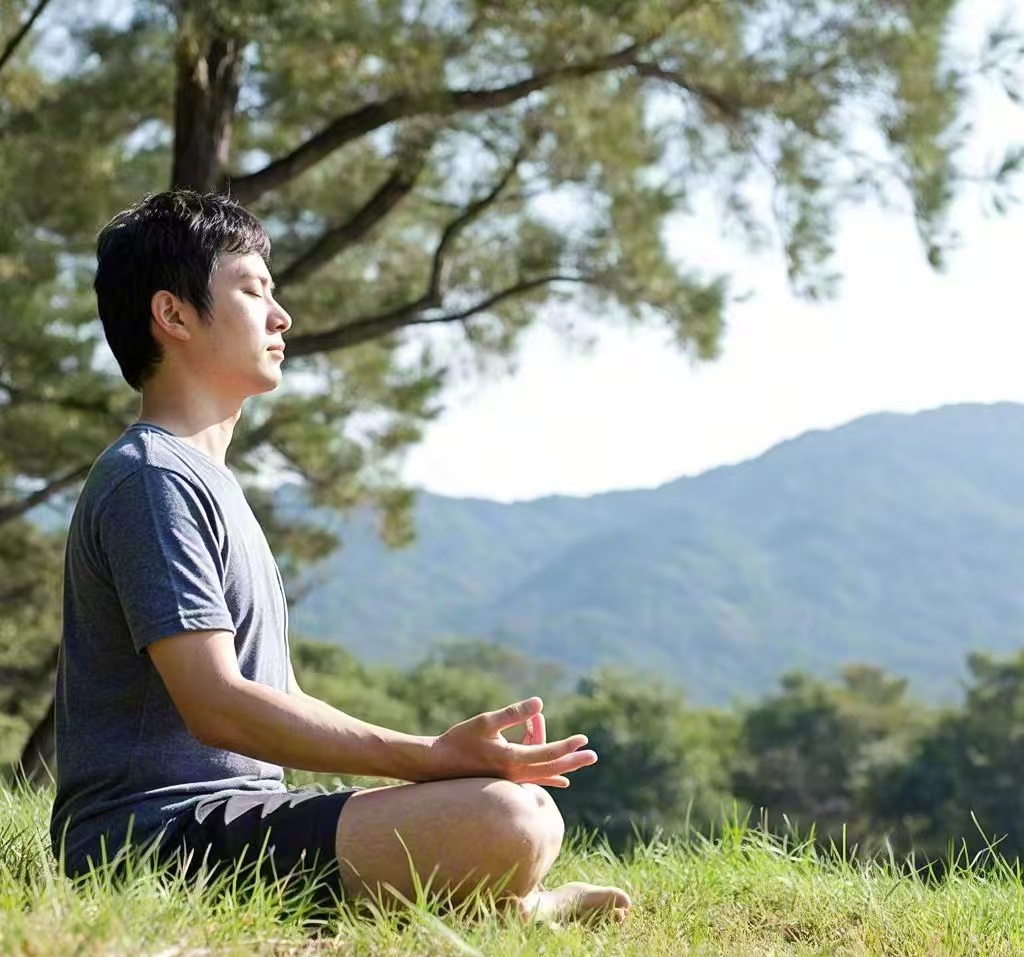In this chaotic world, everyone is looking for a peaceful place of their own. Some choose to travel, some choose to read, and I, on the other hand, choose meditation. Today, I would like to share with you my experience of meditation and how it has changed my life, and at the same time, let us trace the history and culture of meditation together.
I. Historical and Cultural Background of Meditation
Meditation, originating from ancient Indian Buddhism, is an important part of Buddhist practice. It emphasizes the cultivation of the heart and the enhancement of self-awareness through meditation and sitting. The history of meditation can be traced back to the 6th century B.C. in ancient India, when the Buddha practiced under the Bodhi tree and realized the Way, creating Buddhism, of which meditation is one of the core practices. According to legend, meditation originated from the teachings of Buddha Siddhartha Gautama after he attained enlightenment under the Bodhi tree. He taught the Four Noble Truths and other practices, guiding his disciples to gain insight into the nature of life by observing physical and mental phenomena, such as breathing, feelings, and so on.
With the spread of Buddhism, meditation gradually took root in Asian countries, forming a series of unique cultural traditions. In China, meditation was integrated with Confucianism and Taoism to form a Zen culture with Chinese characteristics. During the Tang Dynasty, Zen Buddhism reached its heyday in China, attracting countless literati and scholarly classes to devote themselves to it. The concept of “pointing to the heart and seeing the nature to become Buddha” put forward by the Sixth Patriarch Huineng became the core idea of Chinese Zen, making Zen the most unique sect in Chinese Buddhism. Through Zen practice, they not only sought spiritual liberation, but also incorporated it into artistic creations such as poetry, calligraphy and painting, making Zen culture occupy an important position in traditional Chinese culture. In Japan, Zen practice was mainly spread by Chinese Zen monks such as Jianzhen, Jiancheng, and Kukai during the Tang and Song dynasties, and it was combined with daily life practices such as tea ceremony and kendo to form a unique Japanese Zen culture.
The Development of Zen in Different Countries
In India, Zen practice was integrated with yoga, philosophy and other ideas to form a unique tradition of spiritual practice. People practiced meditation through meditation and yoga to seek inner peace and wisdom. In China, on the other hand, meditation focuses more on inner awakening and wisdom, and insight into the nature of life is gained through sitting in meditation and participating in discourse. In addition, in Korea, meditation is seen as a form of spiritual practice that aims to develop one’s moral character and spirituality. Practitioners often practice meditation in temples through meditation, chanting, and prayer.
With the advancement of globalization, meditation has gradually been understood and accepted by Western countries. Today, meditation has become a global cultural phenomenon and more and more people are trying to seek inner peace and strength through meditation.


